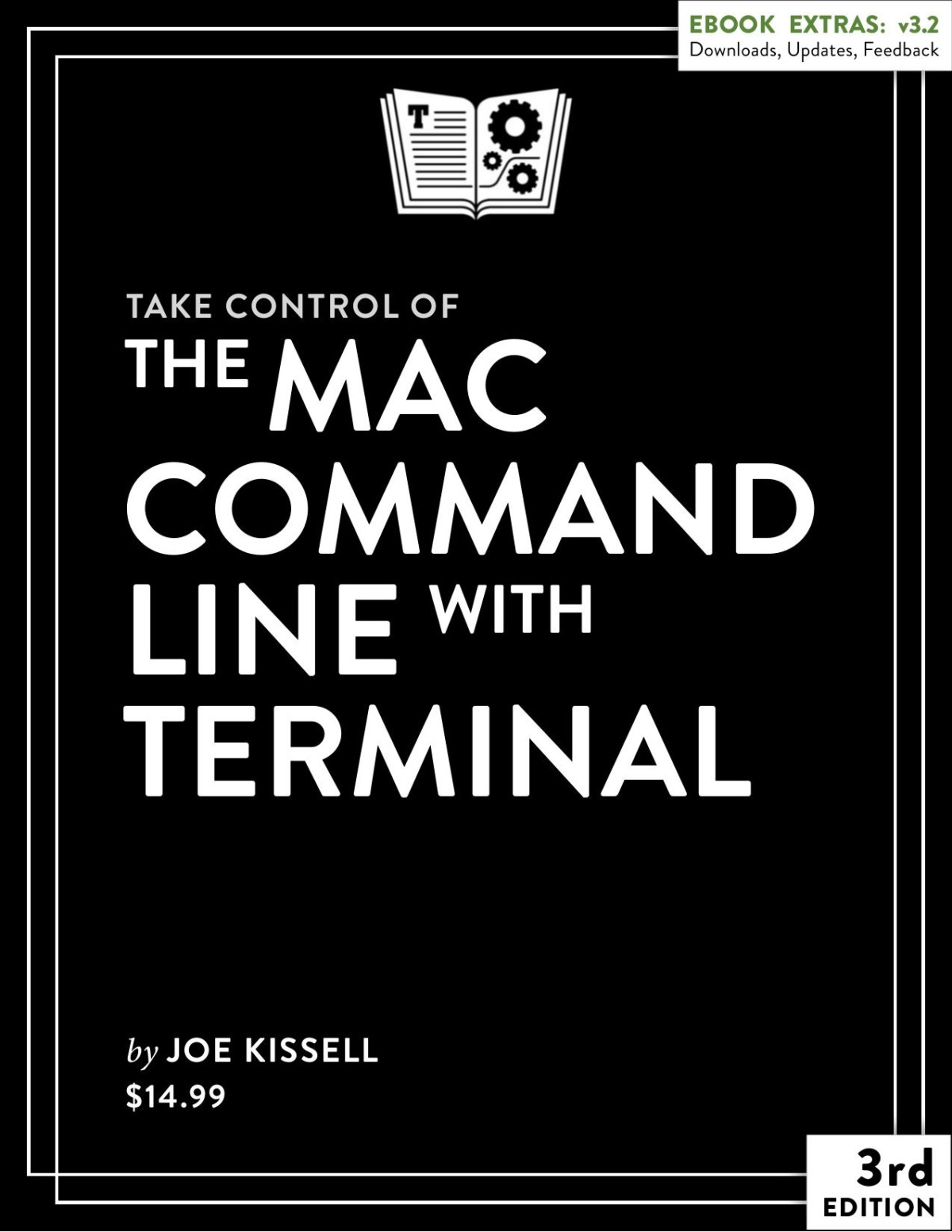

Most ebook files are in PDF format, so you can easily read them using various software such as Foxit Reader or directly on the Google Chrome browser.
Some ebook files are released by publishers in other formats such as .awz, .mobi, .epub, .fb2, etc. You may need to install specific software to read these formats on mobile/PC, such as Calibre.
Please read the tutorial at this link: https://ebookbell.com/faq
We offer FREE conversion to the popular formats you request; however, this may take some time. Therefore, right after payment, please email us, and we will try to provide the service as quickly as possible.
For some exceptional file formats or broken links (if any), please refrain from opening any disputes. Instead, email us first, and we will try to assist within a maximum of 6 hours.
EbookBell Team

0.0
0 reviewsWith this book, you'll become comfortable working on the Mac's command line, starting with the fundamentals and adding more advanced topics as your knowledge increases.
The book begins by teaching you these core concepts:
• The differences among Unix, a command line, a shell, and Terminal
• Exactly how commands, arguments, and flags work
• The basics of Terminal's interface and how to customize it
Next, it's on to the command line, where you'll learn:
• How to navigate your Mac's directory structure
• Basic file management: creating, copying, moving, renaming, opening, viewing, and deleting files
• Creating symbolic links
• The types of command-line programs
• How to start and stop a command-line program
• How to edit a text file in nano
• How to customize your prompt and other shell defaults
• The importance of your PATH and how to change it, if you need to
• How to get help (Joe goes way beyond telling you to read the man pages)
You'll extend your skills as you discover how to:
• Create basic shell scripts to automate repetitive tasks.
• Make shell scripts that have variables, user input, conditional statements, loops, and math.
• See which programs are running and what system resources they're consuming.
• Quit programs that refuse to quit normally.
• Enable the command line to interact with the Finder.
• Control another Mac via its command line with ssh.
• Understand and change an item's permissions, owner, and group.
• Run commands as the root user using sudo.
• Handle output with pipe () or redirect (> or <).
• Use grep to search for text patterns in files and filter output.
• Install new command-line software from scratch or with
…